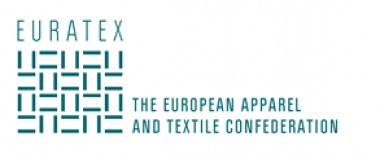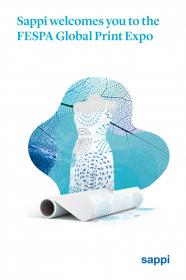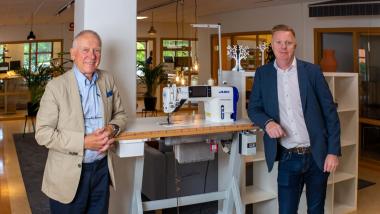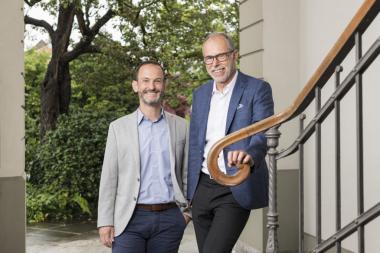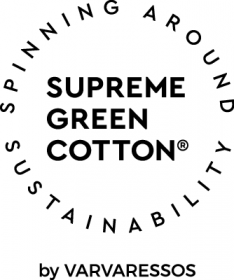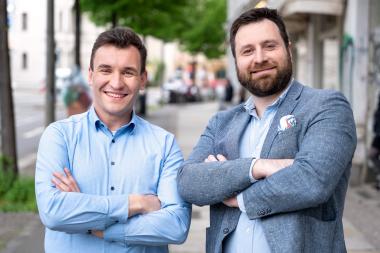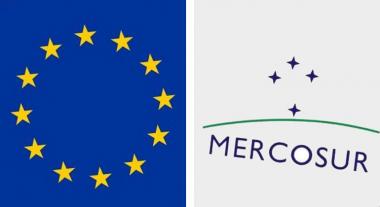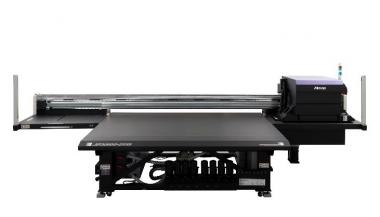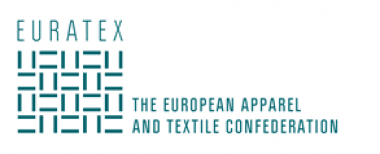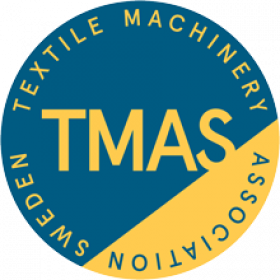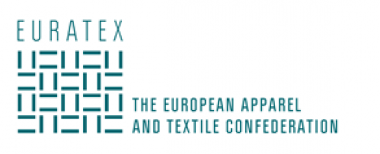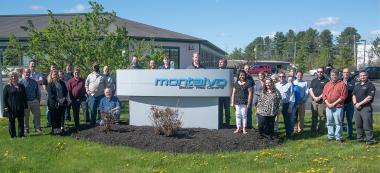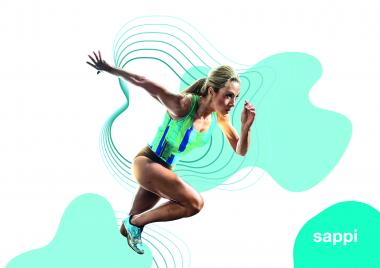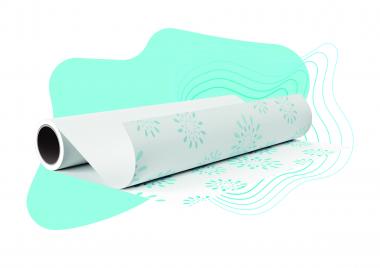EURATEX Vision on the EU Strategy for Sustainable Textiles
EURATEX published their vision on the EU Strategy on Sustainable Textiles, reflecting the views of the European textiles and apparel industry. The goal is to promote a competitive and sustainable industry. to do so, wanting to be a global leader on sustainable textiles, the efficiency of the industry must be increase as well as the global market share.
The enclosed document presents 15 action points on how to achieve these targets.
Euratex


